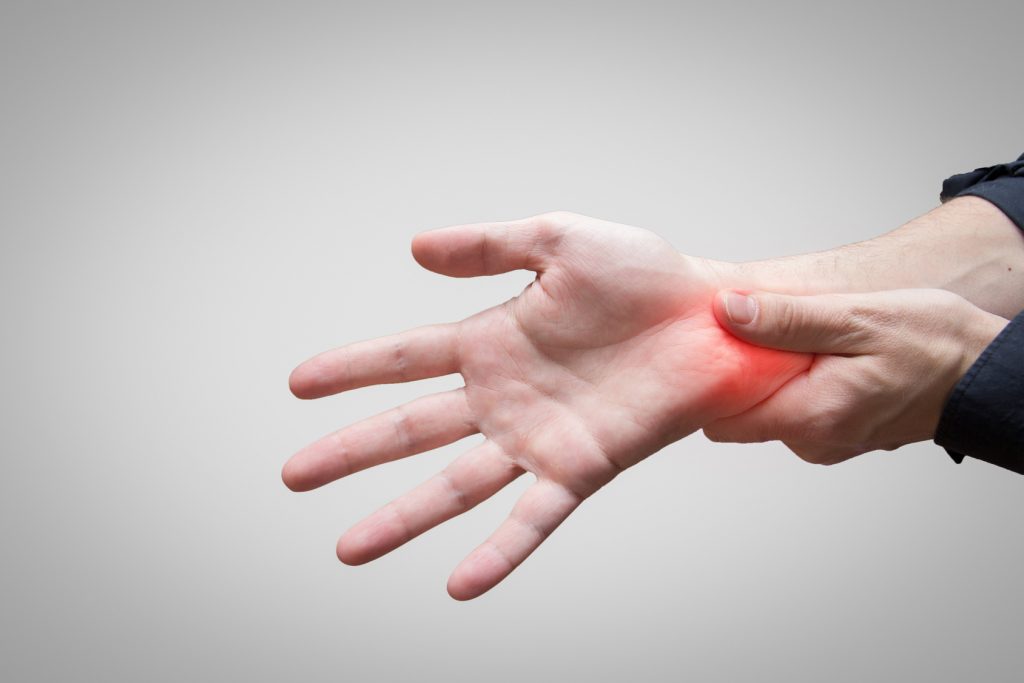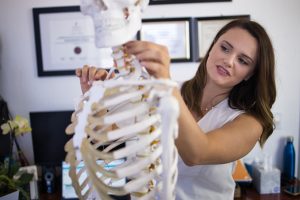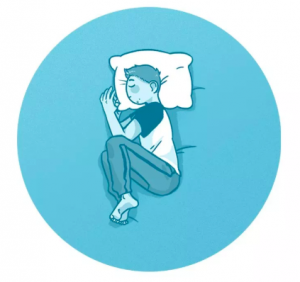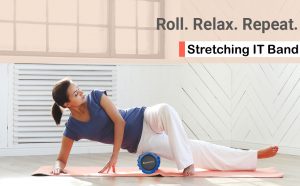Most of us can find tight spots in our body – our neck, upper back, and shoulders especially are prone to tightness and pain. Some of us probably also notice that the pain tends to be worse on one side of our body – and this leads to pain being focused in one area. Overtime this can be painful and lead you to feeling asymmetrical. Wondering why all your pain is on one side of you body? Let’s examine why this happens.
Hand Dominance & Pain
With approximately 85% of the population being right-handed, this affects how individuals use their body during daily tasks and has a role in where they experience pain. Hand dominance has been shown to influence an individuals’ pain threshold – with a higher threshold demonstrated on their dominant side. Your dominant side can interpret pain more quickly and accurately than non dominant, which may make it more likely to experience pain more frequently. Another study found that injuries are more likely to occur in left-handed individuals. This was attributed to their work ergonomics being unfavorable to their natural body mechanics.
Injuries & Unilateral Pain
Studies examining the rate of injuries compared to hand dominance found that you are three and a half times more likely to injury your nom-dominant hand. This can be partially attributed to utilizing this side more, particularly in the upper extremity. Even professional athletes with years of specialized training are more likely to injure their dominant side. For this reason, it is important to perform single-sided exercises to more effectively target these injury prone areas. For example, single arm rowing movements help increase strength at the upper back. This area is commonly strained in individuals who work desk jobs. For the lower body, single sided glute and hamstring exercises, such as hip thrusts and deadlifts, are effective at strengthening each side equally. This method prevents your body from over or underworking one side, preventing asymmetry and less injury
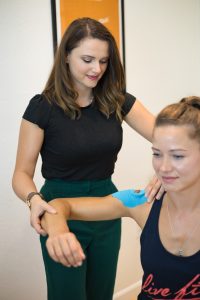
Ergonomics
Workplace injuries such as carpal tunnel syndrome, epicondylitis, and trigger finger affect the dominant side of the worker more commonly. Work stations that include a seated station with a monitor tend to place more stress on the right side of the individual. The mouse, phone and other items used commonly throughout a workday usually stay static and force the worker to adjust to their set up. Outside of the office, many jobs have repetitive tasks that are set up for one side. Door handles, vehicles, zippers and even credit card readers are often set up for right handed individuals. Over time these repetitive tasks place strain on muscles and their surrounding joints. For left-handed individuals, daily tasks come with extra difficulty based on the pre-determined set up.
What can I do?
Here are some changes you can try at home or the office!
- Try single-sided exercises
- Change your desk set up once a month
- Adjust the height of your monitor to your eyebrow level
- Try daily tasks like brushing your teeth with your non-dominant side
- Take a break to get up and move once an hour at work
At Custom Chiropractor, we start with assessing and asking you about your pain. We will determine which – or how many – of these factors may be contributing to your pain. This information will use our assessment to guide treatment and help release the tight areas of your body. We will create an exercise program specific to your goals and function. Book with us today to learn more about what is causing your pain!
